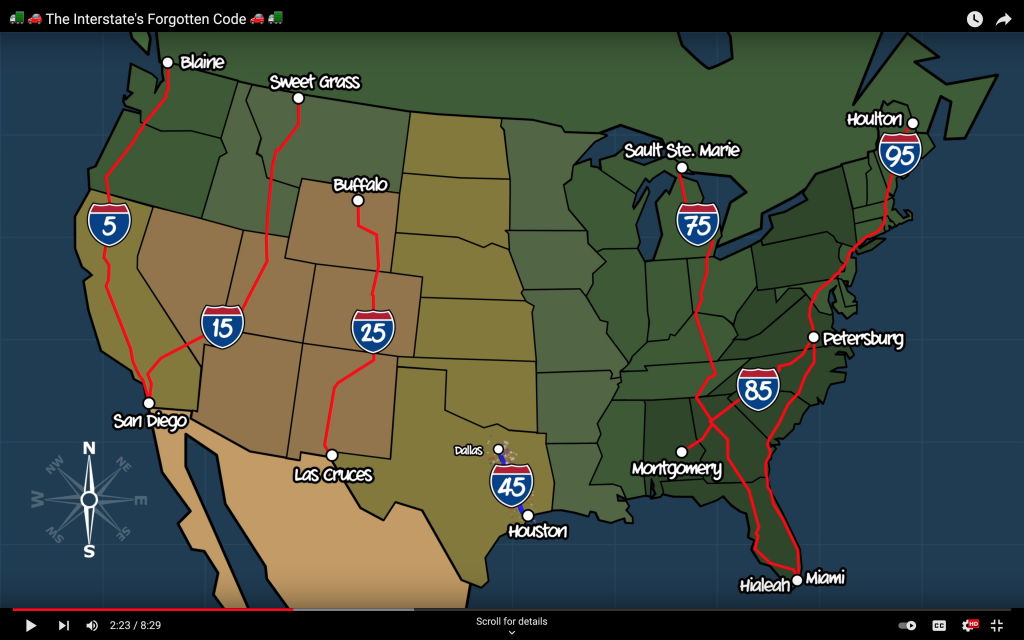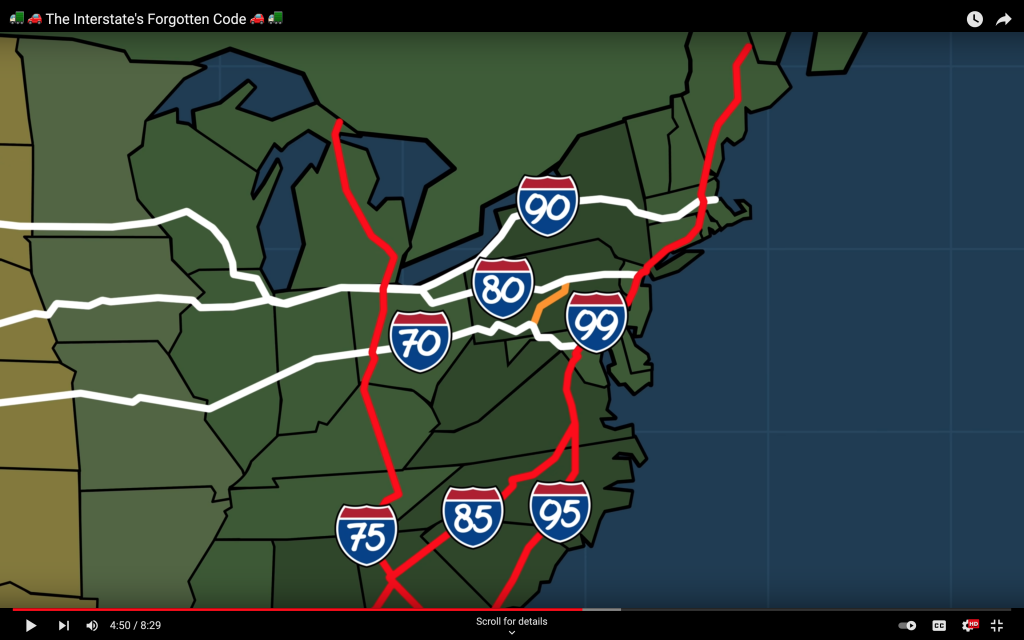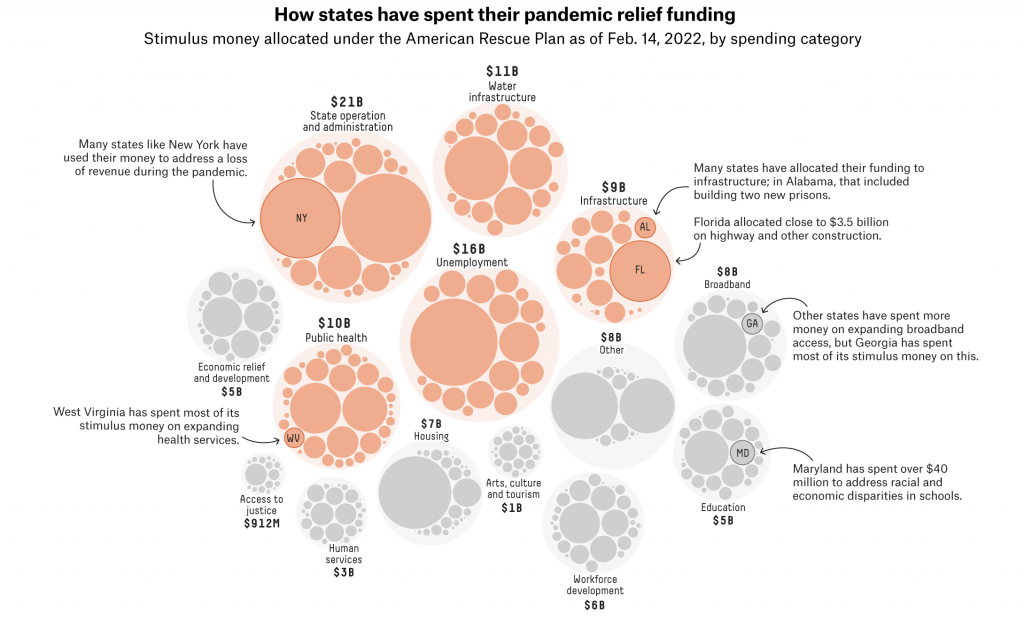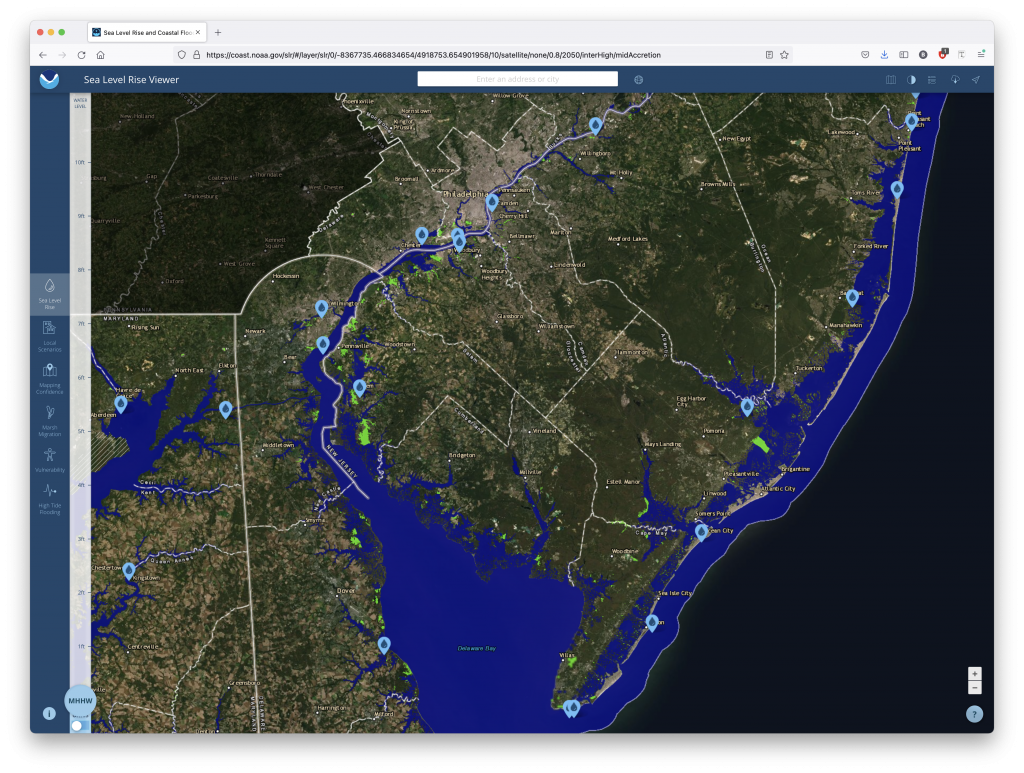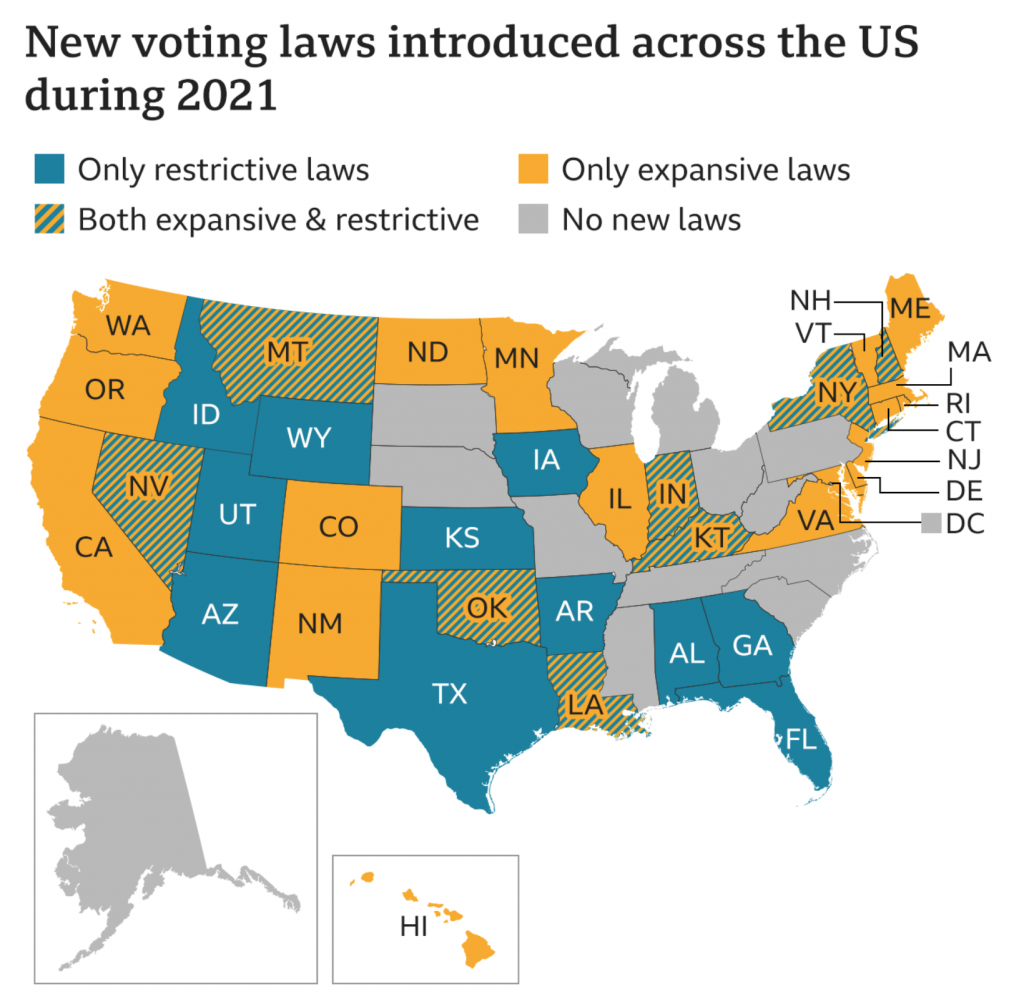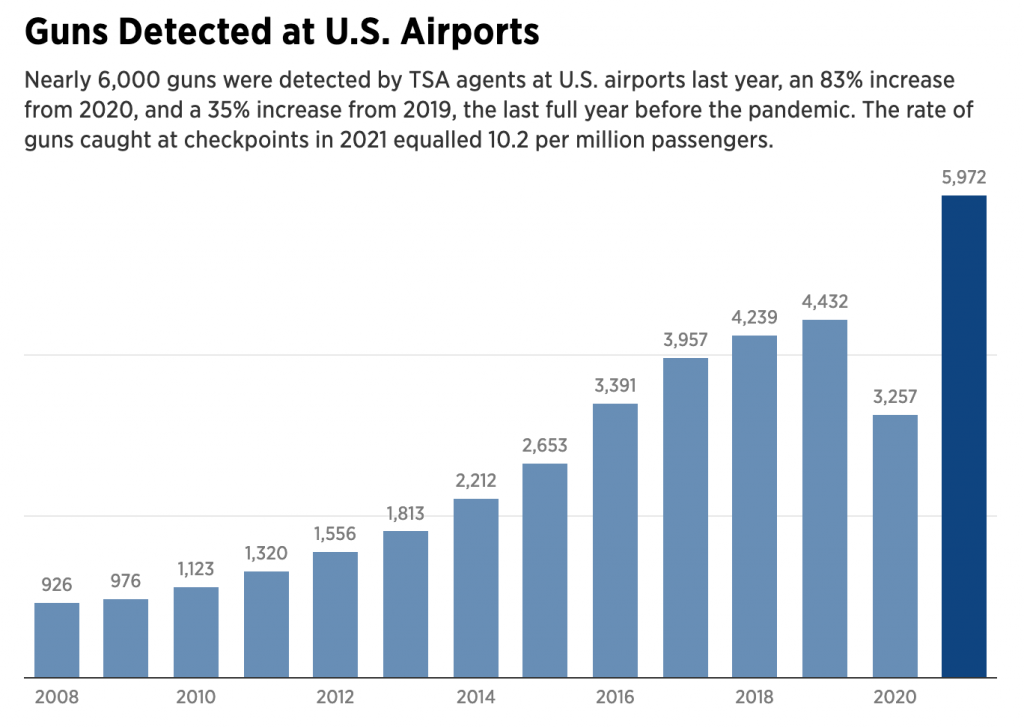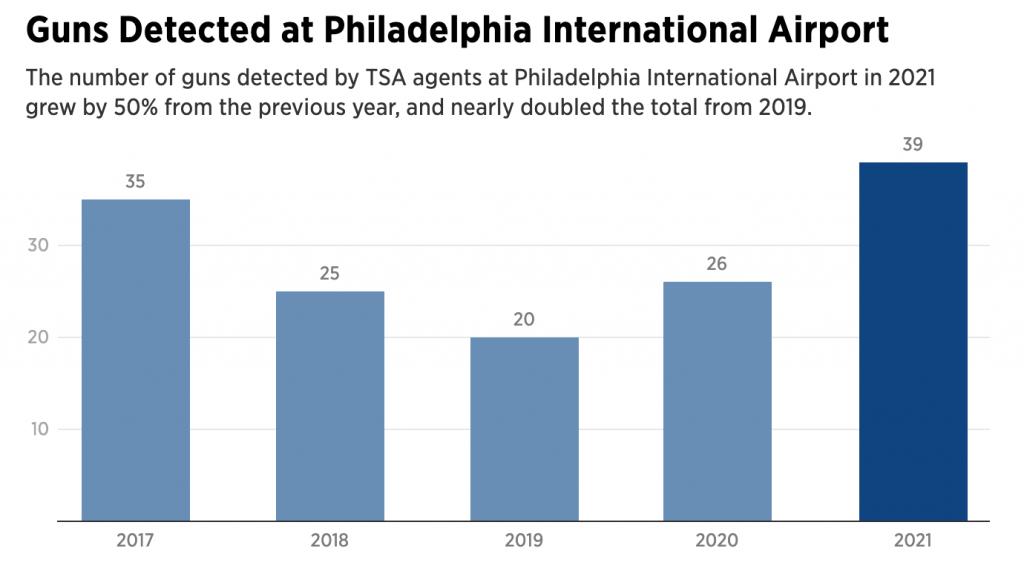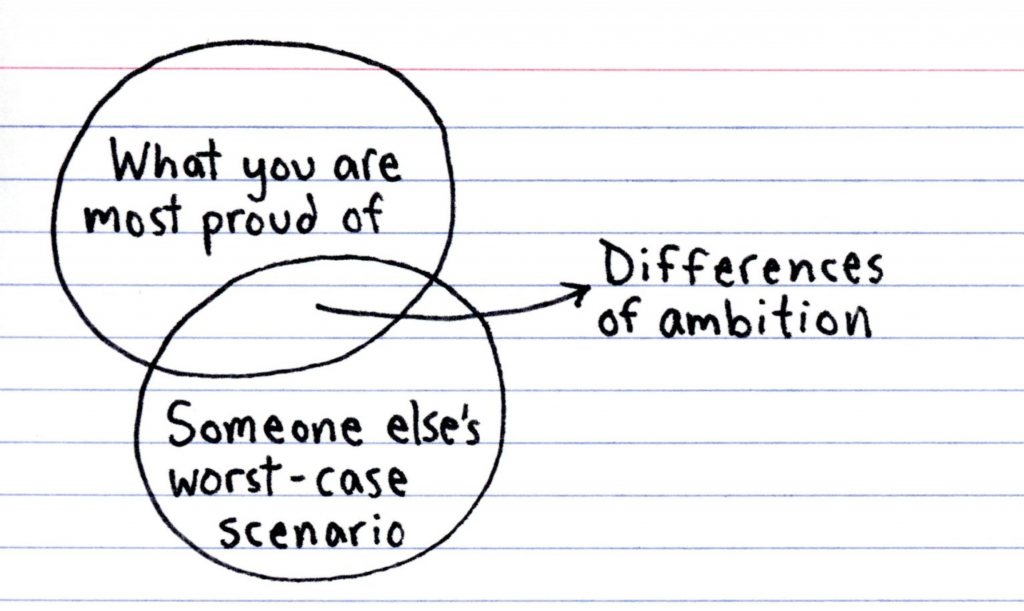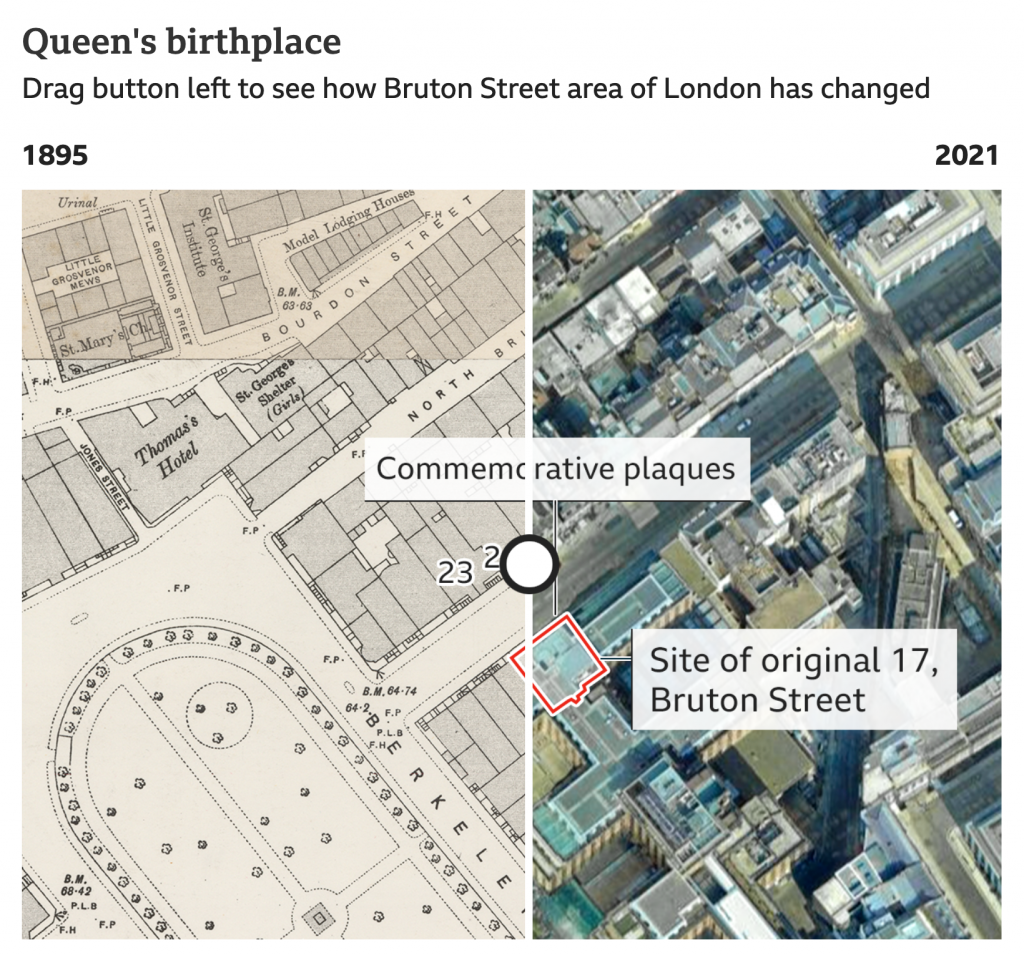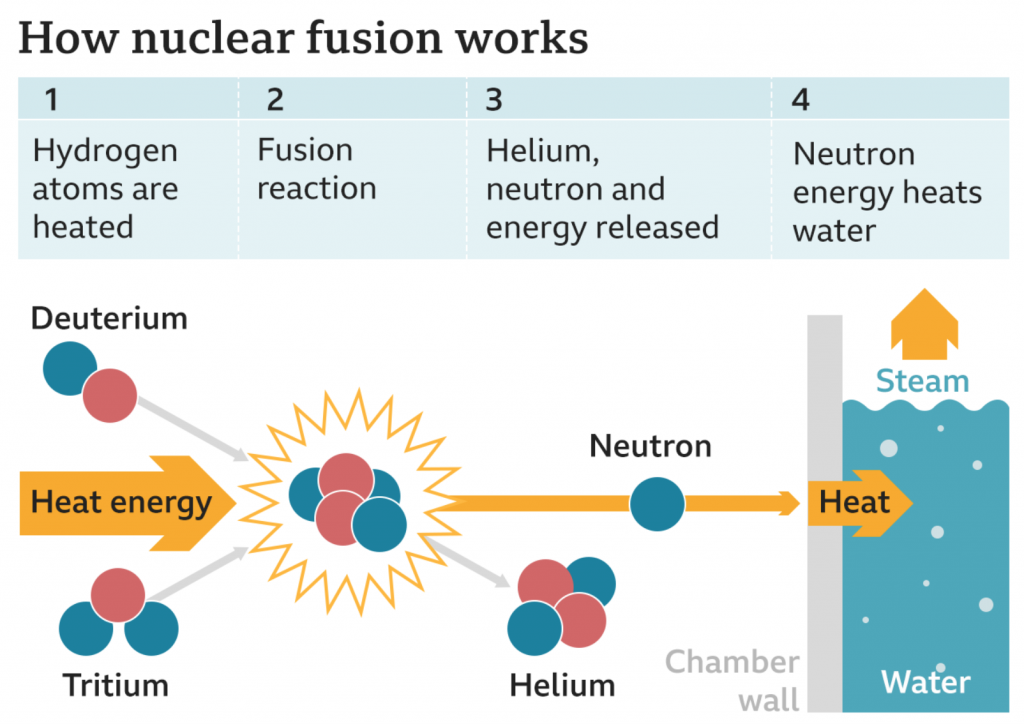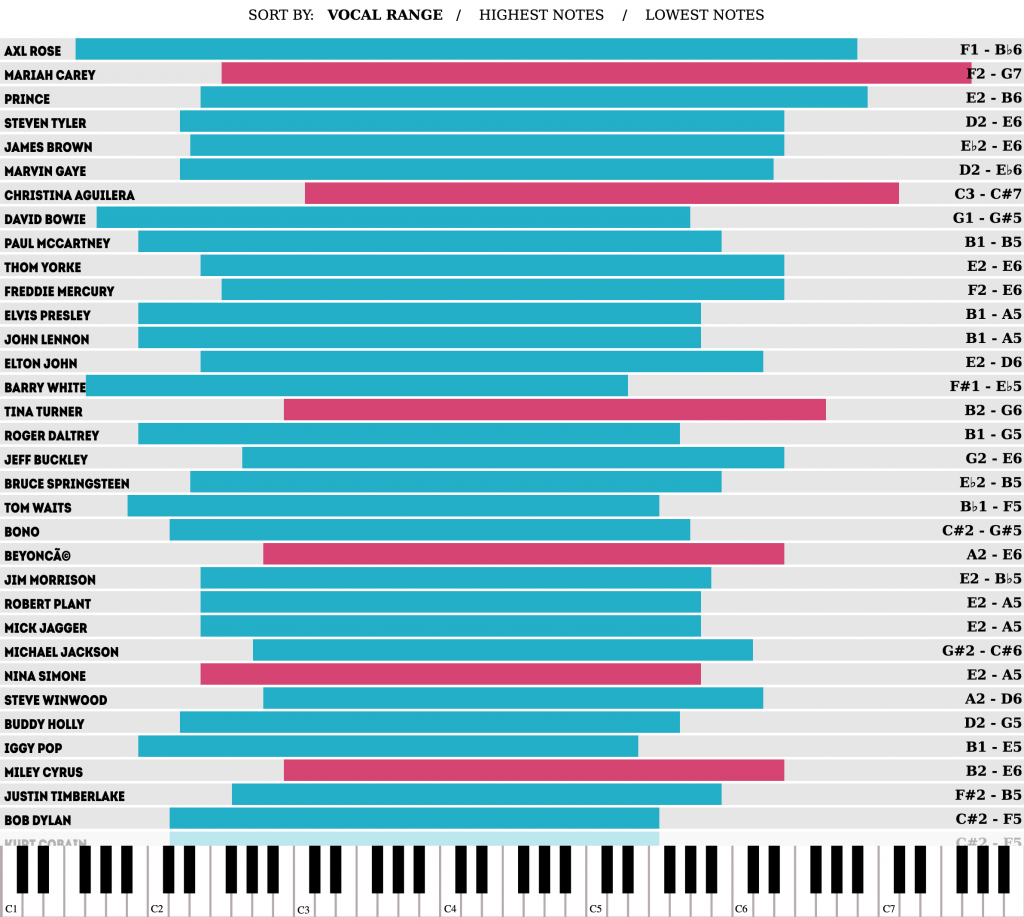I’ve been trying to figure out how to start several days’ worth of coverage about Ukraine and Russia’s “further invasion”. For those that haven’t followed me here at Coffeespoons for very long, eight long years ago, in addition to covering other media outlets’ work, I did quite a lot of research, designed several pieces trying to explain the last Russian invasion of Ukraine: when Putin seized Crimea (ultimately annexing it) and then supported separatists in the oblasts (provinces/states) of Donetsk and Luhansk. You can see that work on this tag for Ukraine.
Perhaps then it should come as no surprise that in the last several weeks my old Ukraine content about Russia’s invasion of Crimea and the Donbas has suddenly become my most popular content. By far. I figure as the first of likely a number of posts on a new invasion, I would outline some options that seem plausible to me, an armchair general.
At this point, it is now clear that Russia has begun to invade Ukraine once again—although the Russians never left at 2014. In Crimea, Russia exercises de facto jurisdiction having annexed the territory and incorporated it into the Russian Federation. The Donbas, on the other hand, remains under the de facto control of the separatists whilst remaining an integral part of Ukraine.
The Donbas consists of the aforementioned oblasts, Donetsk and Luhansk. Importantly, the separatists only exercise authority over approximately 1/3 of the territory with the Ukrainian government in control of the remainder. The separatists’ area of control, however, does include the region’s two largest cities, the eponymous capitals of the two oblasts. Yesterday, however, President Putin announced he supported the “sovereign” borders of the separatists, which claim the entirety of their oblasts.
You don’t need to stretch to see the impact of that statement. Russian troops will “maintain the peace”, or “piece keep”, as they help the separatists forcibly remove Ukrainian authorities from the remainder of the Donbas. The first question is will Putin go that far? Or could Western sanctions stop Putin from advancing beyond the current Line of Contact that divides the separatists from the Ukrainian government?
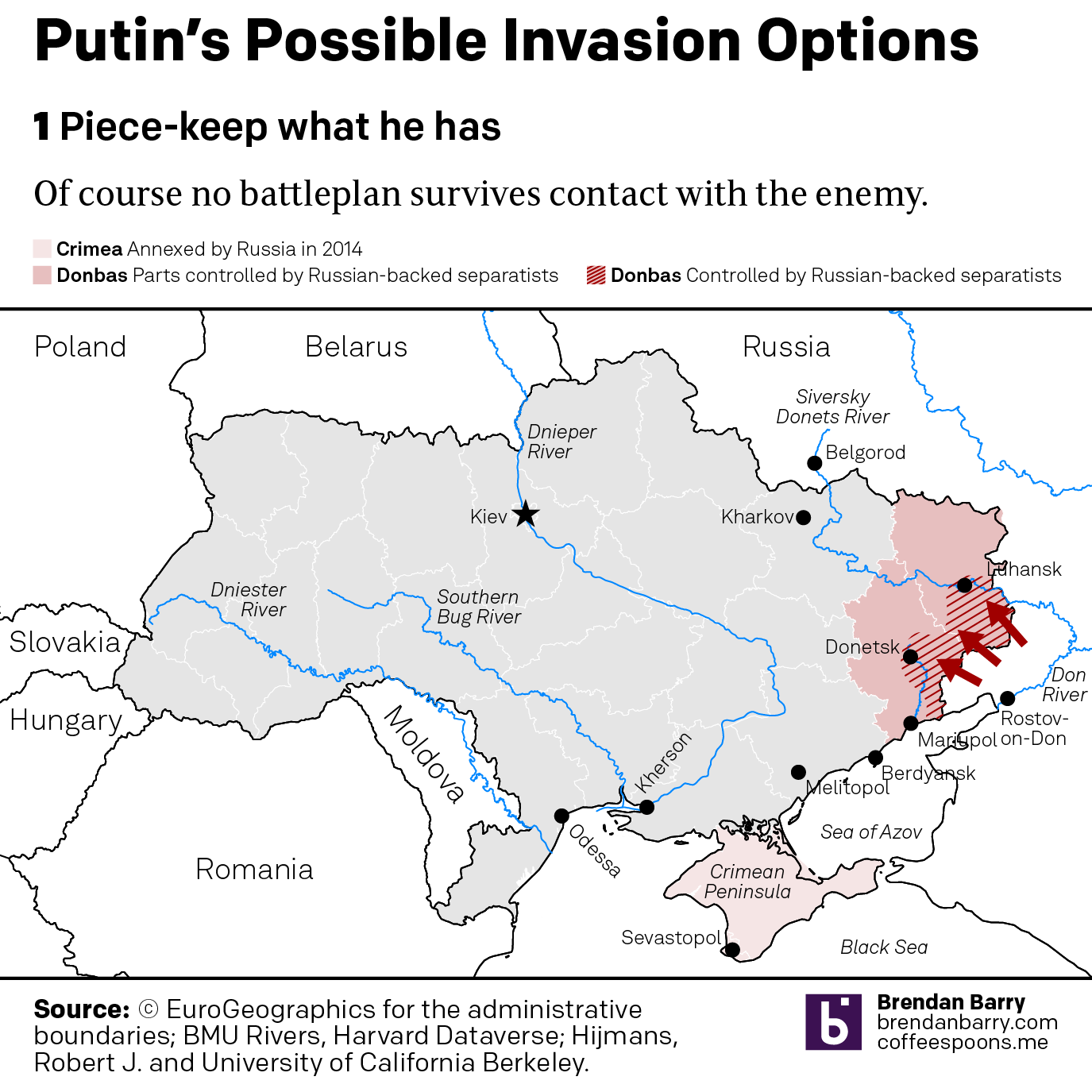
Of course Russia made a number of demands upon Ukraine: Recognise Russian annexation of Crimea, cede control of the Donbas to the separatists, withdraw plans to join NATO, declare neutrality, and demilitarise. Of course the Ukrainians could never accept any of those. So will Putin use a refusal to send the Russian army in to push back the Ukrainians to the borders of Donetsk and Luhansk? Personally, barring some significant ramping up of sanctions when the first T-80 tanks cross the border, I don’t see these as likely. You just don’t need to assemble 190,000 troops and your elite armour and mechanised infantry units to do this.
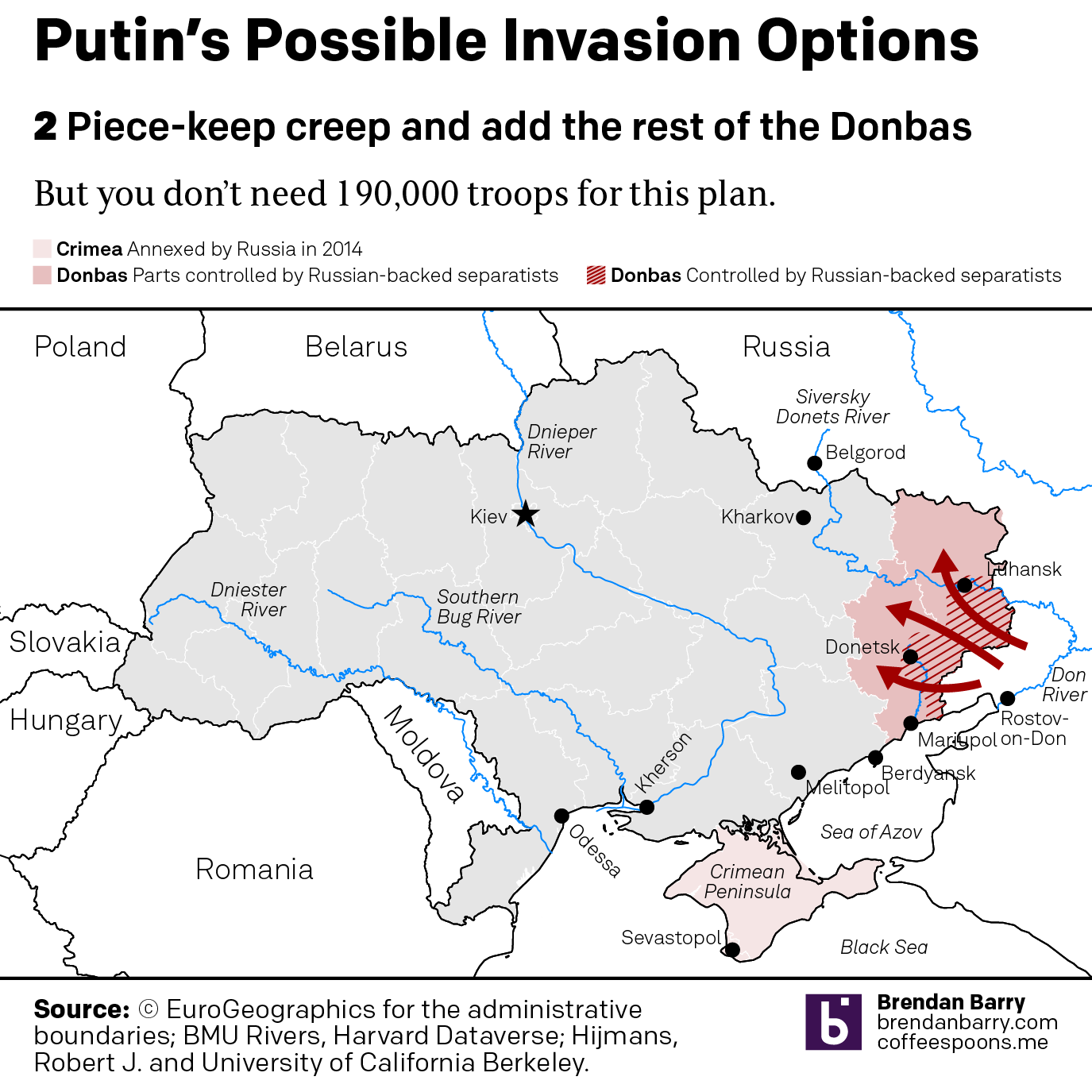
That leaves of us with the sadly more likely, but worse to worst case scenarios. To the south, along the shores of the Sea of Azov, would Putin seek to create a land bridge to Crimea? In 2014, the separatists advanced as far as Mariupol before being repulsed by Ukrainian government forces. After Crimea’s annexation, Russia built the Crimea Bridge, linking the Crimean city of Kerch to the Russian mainland via a road-rail bridge that crosses the Strait of Kerch. But in a hot war with Ukraine, I wouldn’t at all be surprised to see those bridges as targets of Ukrainian forces. Ukraine’s goal would be to significantly restrict Crimea’s access to reinforcements and resupply. Having an overland route would make it easier for the Russians to keep Crimea and Sevastopol. For the Ukrainians, that would mean the loss of several economically important (and large) Ukrainian cities, notably Mariupol.
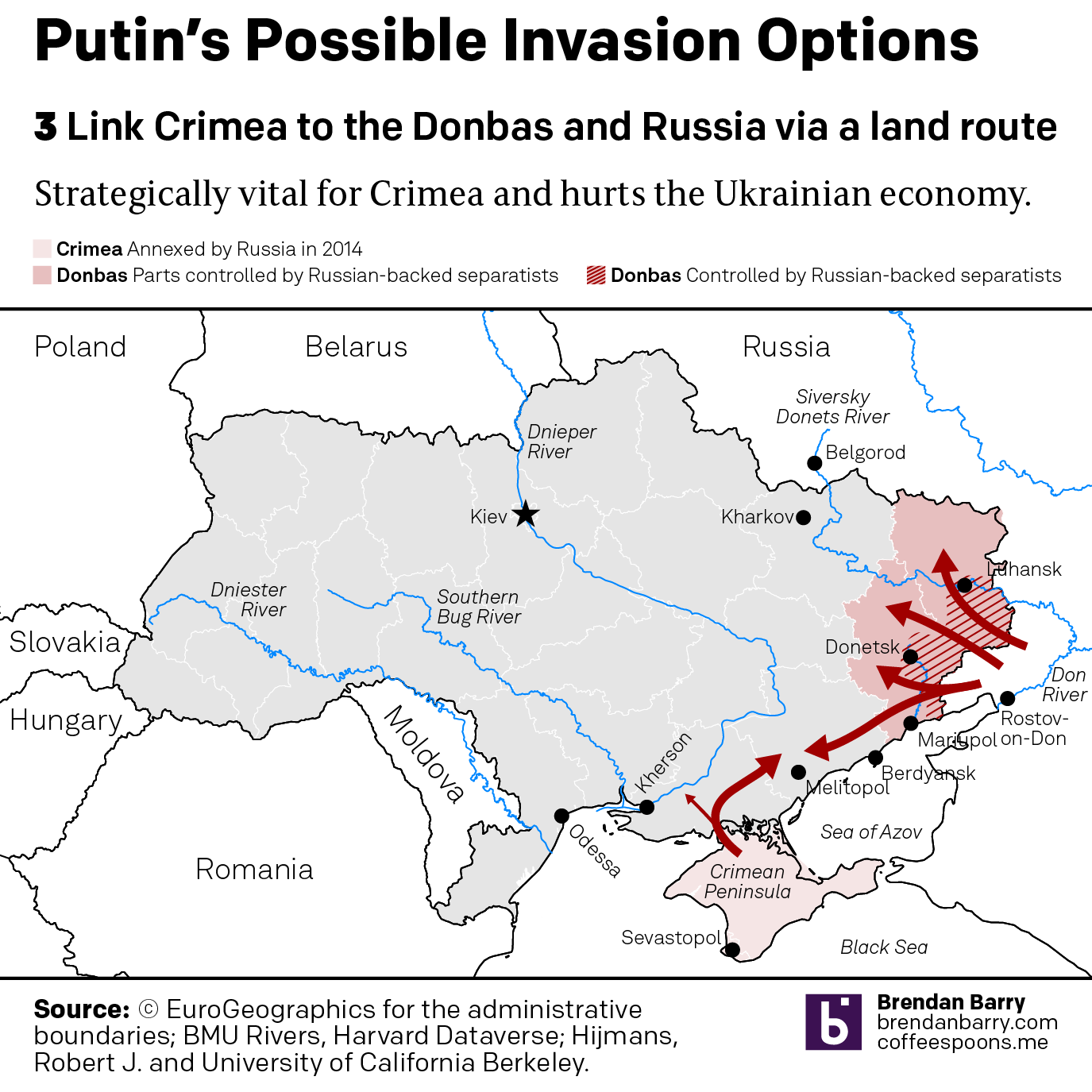
Would Putin move on Ukraine’s second-largest city, Kharkov? Its population is roughly the same size as that of Philadelphia with 1.5 million people, largely Russian-speaking and split between ethnic Ukrainians and ethnic Russians. The city is located only 20 miles from the Russian border and during the 2014 rebellion, separatists raided and ransacked government offices there, though Ukrainian forces ultimately reasserted control. Holding this oblast or a portion of it would create a new conflict zone, much like the Donbas has been for the last eight years. Those eight years with the world focused on the Donbas allowed Putin to consolidate his hold over Crimea. Could a frozen conflict in the Kharkov region take the world’s eyes off the Donbas and allow Russia to integrate Donetsk and Luhansk into western Russia?
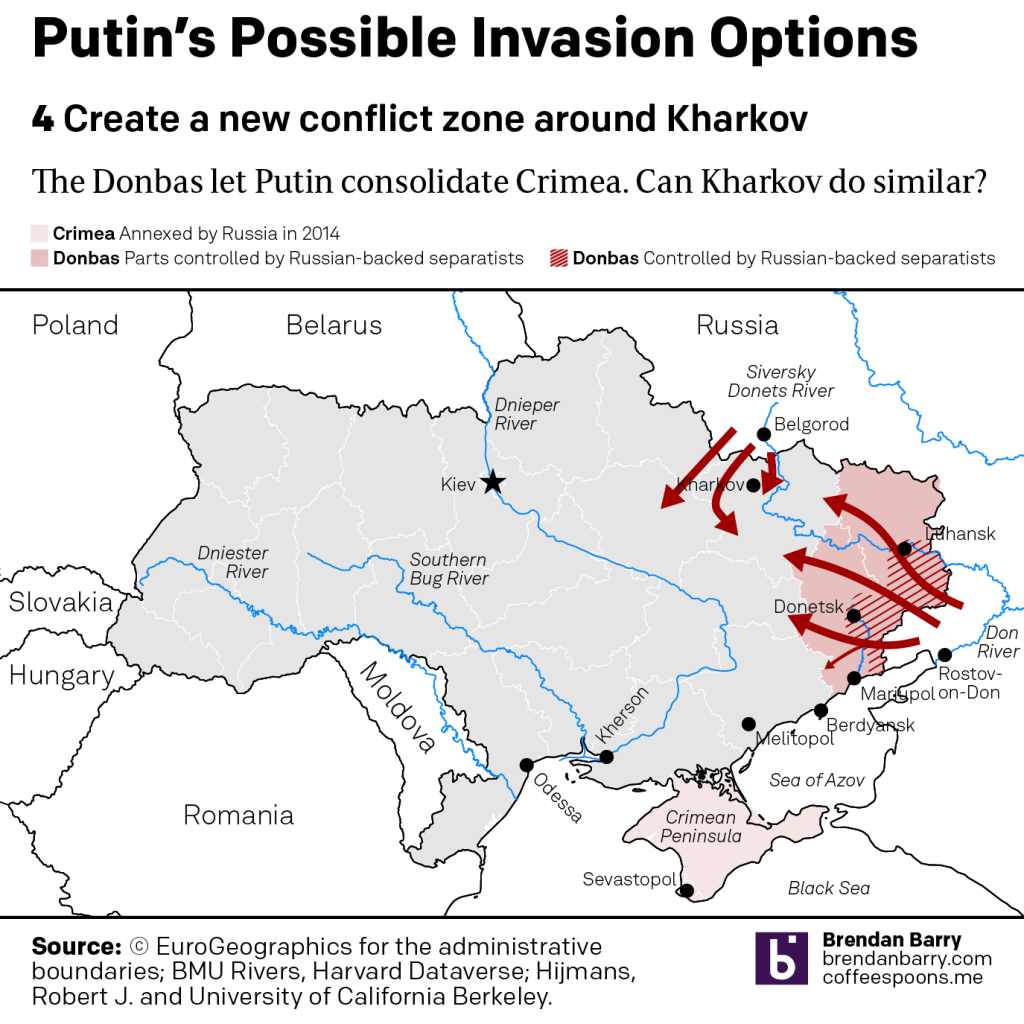
To the north is the more remote possibility of a lightning strike—perhaps in concert with one of the above options—to besiege or even attempt to take the Ukrainian capital of Kiev. Could a siege resemble the utter destruction of Grozny back in 1999 when Putin “handled” the Chechen rebels? One certainly hopes not. But it’s not out of the realm of likelihood. One hopes that Putin is keeping so many troops in Belarus to force the Ukrainians to hold back their best troops from engaging in eastern Ukraine.
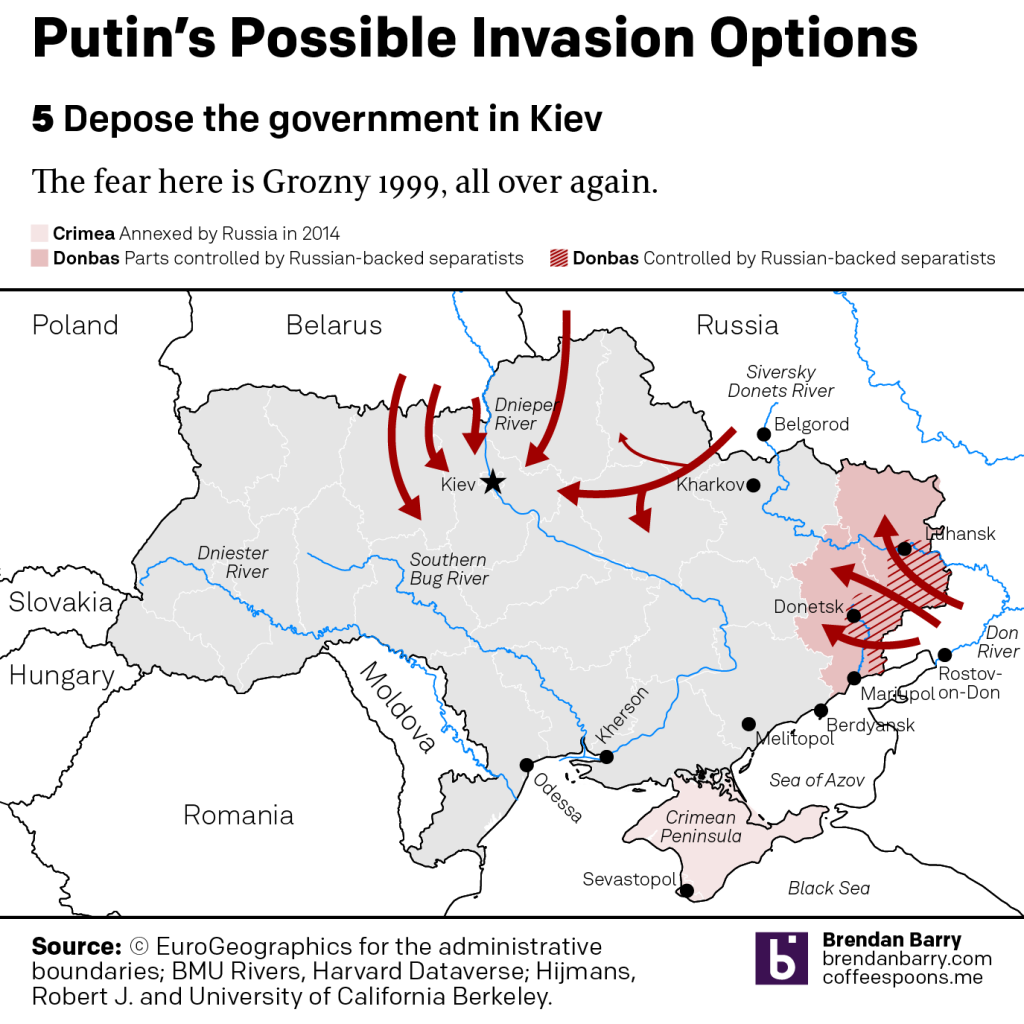
Finally there is the least likely, a full-out invasion of Ukraine west of the Dnieper River, which bisects the country from north to south similar to the Mississippi in the United States. This type of invasion would likely take many months and occur over multiple phases. And too many variables make it difficult to simply illustrate the geography. But it likely would involve almost all of the above to some degree or another. One could see this being the ultimate goal: utterly crippling if not destroying the Ukrainian state, showing the rest of Russia’s neighbours what happens to states that seek to align with the West and follow the path of liberal democracy. Subjugating Ukraine like it’s (peacefully) doing to Belarus.
Russia has already moved a significant portion of its heavy armour and lead units to the border, away from their forward bases. This means that Russia likely needs to commence operations in the next few days or then rotate them back for rest and resupply. This week is likely critical to Russia’s plans.
And as some housekeeping you may note that I’ve temporarily disabled commenting on new posts. Eight years ago as I started posting about these Ukraine articles, my site was hit by spam comments originating from Russia and Ukraine, unfortunately in sufficient numbers to bring down my site for a number of weeks. I will probably leave commenting disabled for the foreseeable future.
Credit for these pieces is mine.

